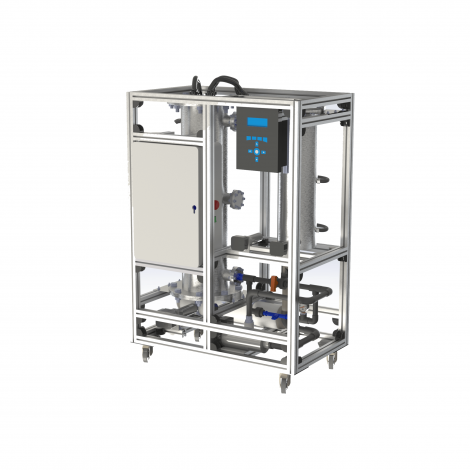Removal of pharmaceutical substances
The problem of pharmaceutical substances becomes more and more relevant when they are discovered in our environment, such as river water and drinking water. In the first case, pharmaceutical substances harm aquatic life, and in the second case, they enter the human body. Pharmaceutical substances enter surface water bodies through the discharge of insufficiently treated wastewater, which meets the standards of pollution of wastewater discharged into the natural environment, but small, although significant, residual concentrations of priority pollutants are detected in them. Such wastewater, after primary and secondary wastewater treatment, should also be treated using tertiary treatment. One of the widely used tertiary purification methods is advanced oxidation. During this process, all the organic pollutants in the water are oxidized. Due to the restrictions on the release of priority pollutants (including pharmaceutical substances) that will come into effect in a few years, the implementation of tertiary wastewater treatment solutions will be mandatory soon. Proper wastewater treatment will prevent priority pollutants from entering nature and at the same time entering human drinking water.
